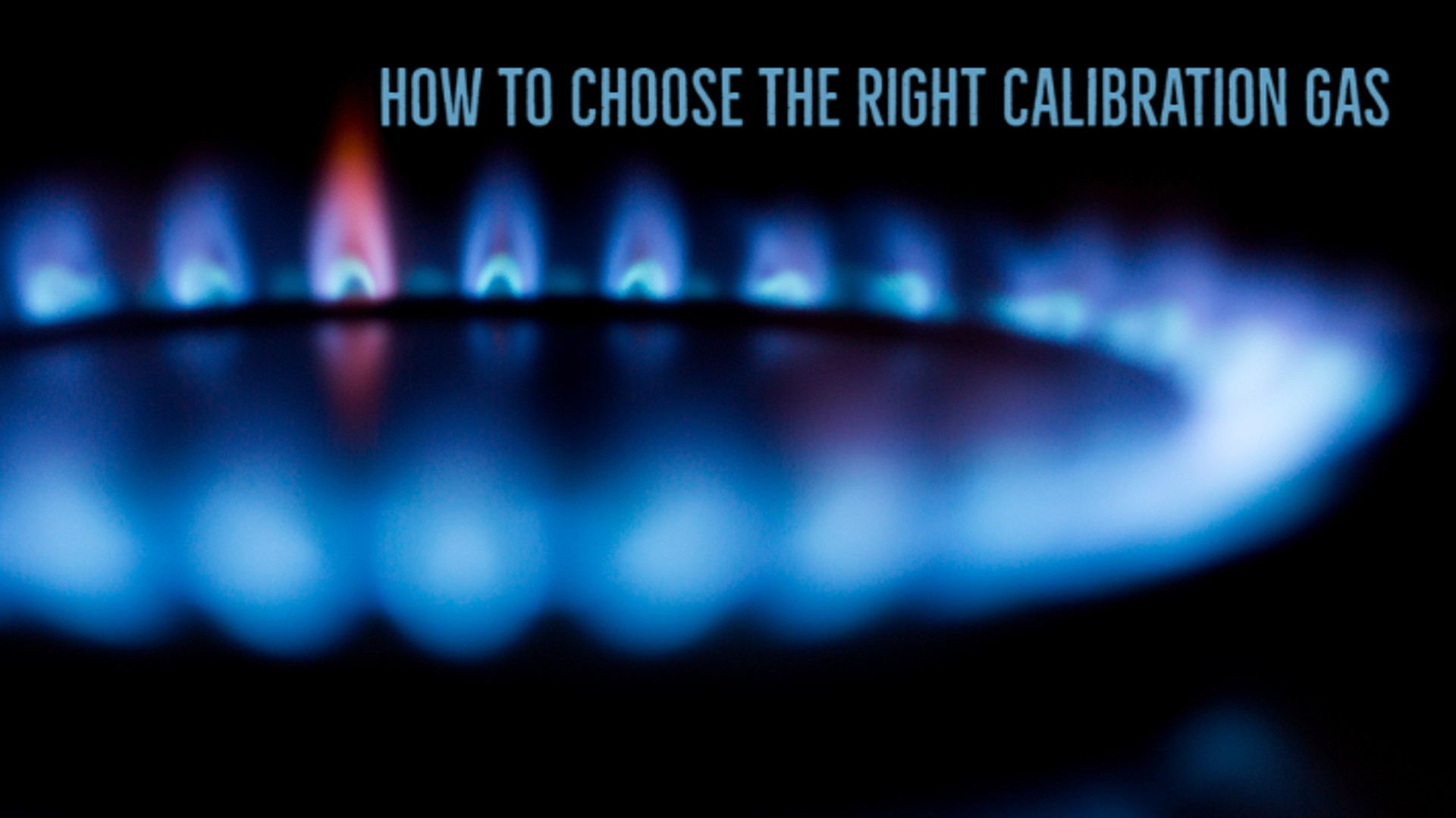How to Choose the Right Calibration Gas
Gas sensors occasionally drift from the set specifications, thus missing the acceptable tolerance targets. Calibration gases play a critical role in restoring the accuracy of the detectors through frequent and proper calibration. The International Safety Equipment Association recommends verification of sensor accuracy before each day’s use. Finding the right gas to correct the calibration drift is the first step to restore the response to the right concentration levels. Check out five tips to help you select the proper calibration gas for your industrial applications.
1. Type of Gas Detectors
It is important to understand the specific type of gas detector used within your processes. The sensor detectors are usually classified into two; single gas detectors and multi-gas detectors. Single gas sensors require the use of purified single gases to restore the accuracy of the detectors. Most single gas detectors are calibrated using methane or iso-butane calibration gases. Multi-gas detectors utilize a specialty gas, customized for use depending on the lab or industrial application. These calibration gases are mostly 4-gas mixtures blended and mixed in the correct concentrations.
2. Purity of the Gases
Impurities in the calibration gas significantly affect the sensitivity of the gas sensors. The gas standard establishes an accurate reference point for the verification of the quality and purity of gases produced. Analytical laboratory gases require pure gases that adhere to specified industry standards before use in a procedure. Nitrogen, a conventional calibration gas, may need to have a purity of 99.995%. Helium, nitrogen, hydrogen, oxygen, and argon must have a determined purity level before use. It’s imperative to find a calibration gas that meets the necessary standards for purification.
3. Quality of the Calibration Gas
Qualitative analytical measurements are vital in achieving accuracy during various laboratory and manufacturing processes. Substandard gases not only pose a risk to the safety of your staff but also cause extensive damage to property when ignited. The calibration gas you choose should be gravimetrically manufactured and traceable to the National Institute for Standards and Technology (NIST.) The traceability and certification of the standard gases act as proof of verification for accuracy. Besides, you should be wary of expired gases. Always inspect the disposable calibration gas cylinders to find out the expiry date.
4. Gas Customization
Function testing gases have a wide range of applications in laboratories, petrochemical industries, manufacturing, research institutes, and universities. Calibration gas manufacturers usually take an extra step of producing customized gas mixes that align with your applications. You provide the manufacturer with gas specifications, and they supply the right standards that suit your gas detection systems.
5. Gas Storage and Delivery
The quantity of gas required for calibration needs to be correctly assessed before purchasing the disposable cylinders. Portable calibration gas cylinders ensure that the gas is available at any point of use to set parameters for the sensors. The gas can come in cryogenic cylinders, ampules, or disposable gas cylinders whose capacity varies from 10, 34, 58, and 110 liters. Each gas cylinder should be prepared and validated for stability and homogeneity of the product.
Calibration gases are a critical part of restoring accuracy on your sensors and gas detection equipment. Ensure that the gas is compatible with your gas detectors, its purity determined, and meets the right threshold for quality standards. For more information on calibration gases, please visit our website.

